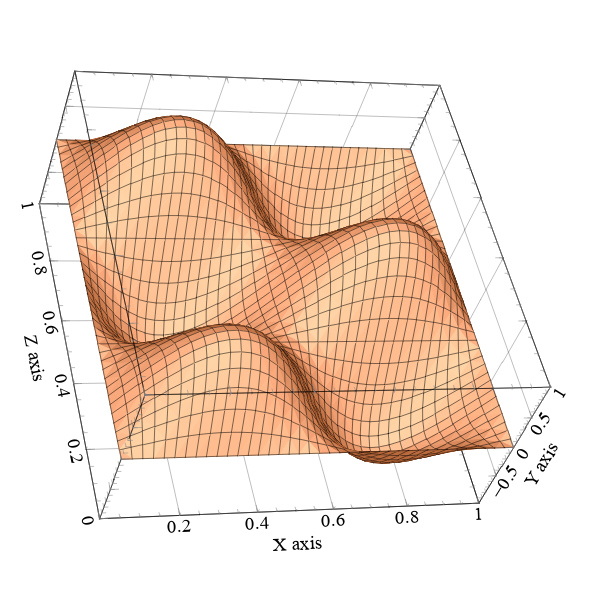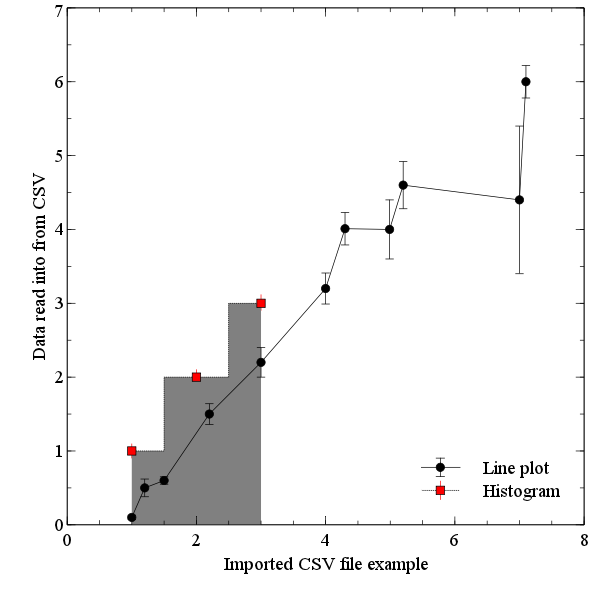

YN = range ( len (datelabels )) # Numeric positions. Internet = ) for i in data ]Īudio = ) for i in data ]Ĭameras = ) for i in data ] # Formatting
#VEUSZ EXAMPLE SOFTWARE#
Software = ) for i in data ]Ĭomputers = ) for i in data ]

# Data for different plots.Īllitems = ) for i in data ] for i ,d in enumerate (datelabels ): # Remove all. With open ( 'cpi', 'r' ) as f : # Open file for reading.ĭata = # Make list of lists.ĭatelabels = for i in data ] # Labels in first column. Unset multiplot # This should cause them to be rendered. # Units are height and width of characters. # Margin - distance between plot border and edge of canvas # Log - pick axes x, y, xy Also can specify a base (like 2) 10 is default Set linetype 1 lc rgb "dark-red" lw 2 pt 5 Unset label 0 # Can use any integer or not use them and auto increment. Set label 0 "The Origin" at 0,0 center font "Arial,12" Legend - useful, almost essential, for plotting only one variable. # The number (0 here) is plot window number. # Wxt - wxWidget interactive window, works pretty well # SVG - warning: produces XML, need to pipe that off somewhere. Set term post portrait color "Times-Roman" 14 > p2 = Proj('+proj=utm +zone=10 +ellps=WGS84') # use proj4 string > lons, lats = p(x, y, inverse=True) # inverse transform > # do 3 cities at a time in a tuple (Fresno, LA, SF) p = Proj(proj='utm',zone=10,ellps='WGS84') # use kwargs


 0 kommentar(er)
0 kommentar(er)
